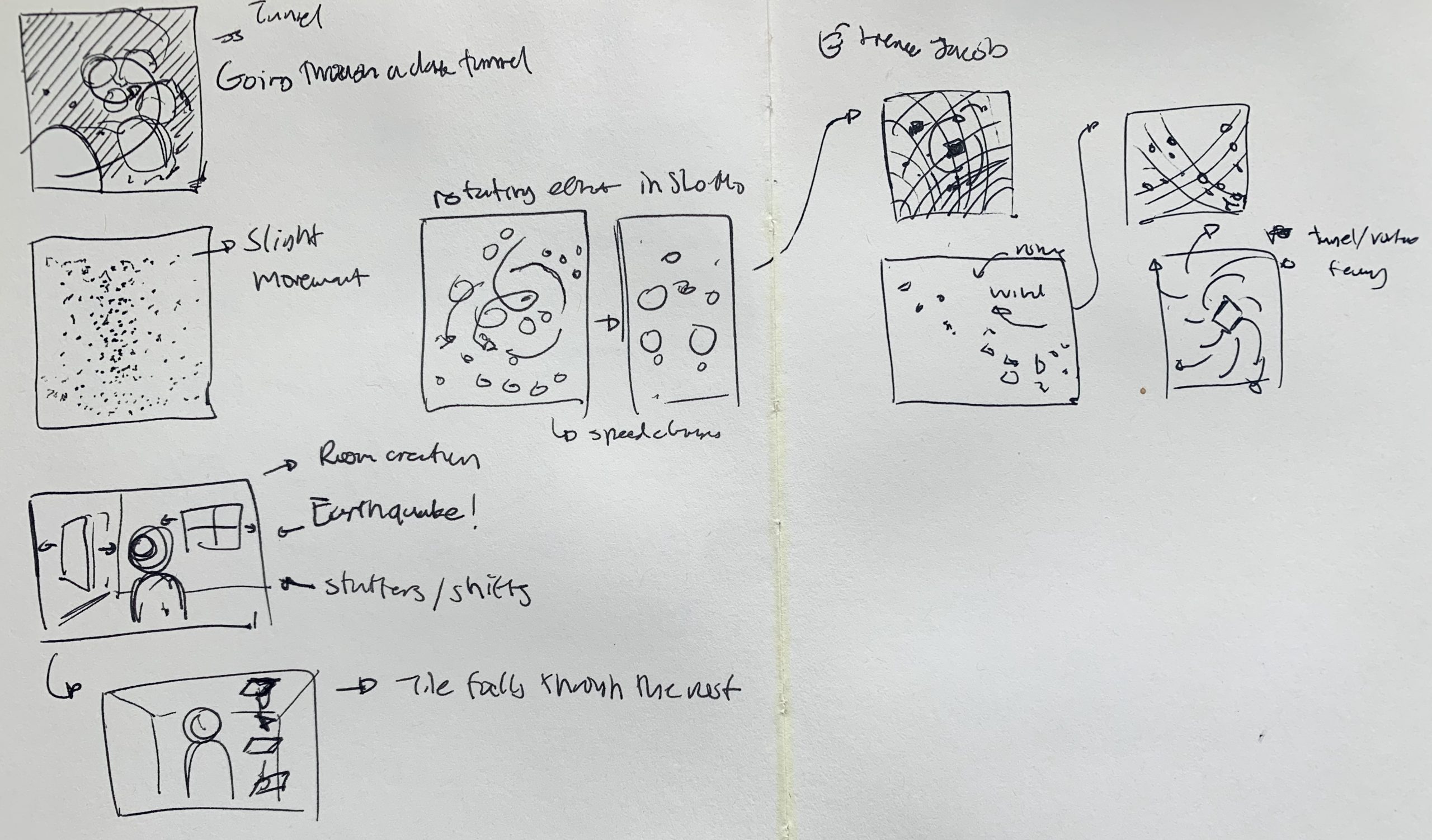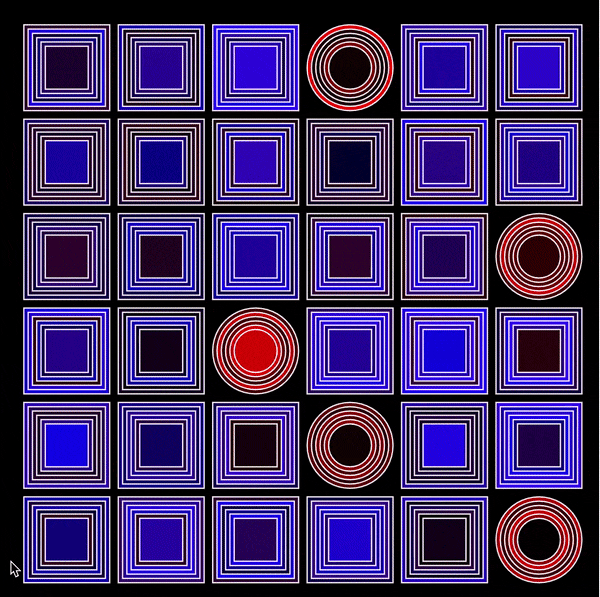Priscilla Bracks’ and Gain Sade’s e. Meura Superba (2009) is a robotic bird sculpture. Besides its slightly terrifying exterior, the bird is equipped with facial recognition and tracking software. As a result, when people approach the bird, the bird can sometimes look directly into their eyes. Additionally, the bird can become nervous in large groups of people, or become distant and moody when ignored. According to the creators, e. Menura Supurba is an interactive artwork and it explores the paradox between people’s fascination with the exotic and a dystopian future devoid of many animal species. The bird was modeled off of the Australian lyre bird, known for its ability to mimic natural and human sounds in their habitats. I chose this project because it reminded me of rumors about pigeons being robots placed by the government to spy on the public. The camera eye and shutter noise are off-putting because it feels like the bird is collecting information on you. However, I love the sporadic movement of its head and the continuously changing glow of its body. When I look at the piece, there’s a mix of fascination and terror, which only makes me want to see what it’ll do next.
Priscilla Bracks and Gavin Sade – eMeuraSuperba, Robotic Sculpture 2009



